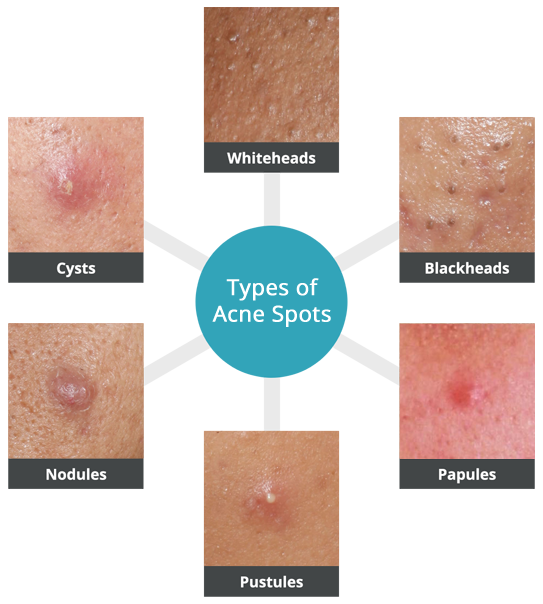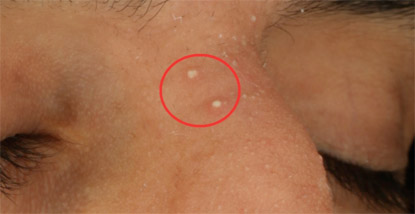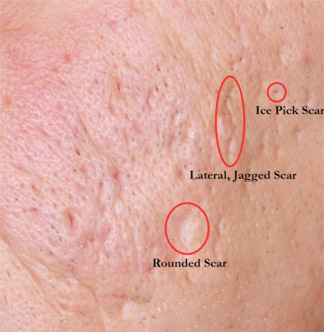
Learn more about acne.
Read about available treatments.
Learn about your acne.
Express what is important to you.
Compare treatments with your values.
Your results and next steps.
Patient decision aids are tools to help patients and doctors make healthcare decisions together. This decision aid is for people making decisions about how to manage their acne. It explains the treatments available for acne in the United States and Canada and helps clarify the values that are important for choosing an acne treatment.
If you want to know more about acne and compare your available options, this decision aid can help.
Acne is a disease of the oil glands and pores in our skin. These pores can become clogged and cause acne. Acne usually appears on the face and neck but it can also affect the chest, back, and shoulders.

Whiteheads: look like skin-coloured bumps.
Blackheads: look like black or grey bumps.
Papules: are red, swollen, and painful bumps.
Pustules: are red, swollen, and painful bumps filled with pus.
Nodules: are large and swollen bumps that feel hard to the touch and form deep under the surface.
Cysts: are large and swollen bumps that form deep under the surface and are filled with pus.
There are many reasons why you might get acne:

Acne is one of the most common skin diseases. Nearly all of us (80-100 out of every 100 people) have acne at some time in our lives. Most people have mild acne, but some (15 of every 100) will have moderate to severe acne. It is most common in teenagers and young adults, but can also carry-over or start in adulthood.
Acne can cause soreness, pain, itching, scarring, and change the skin colour at the affected area. Some people with acne have depression and anxiety. Some people may feel ashamed or embarrassed because of their skin, and might feel uncomfortable in social situations. It is important to talk about these feelings with your doctor too.

There are lots of ways to treat acne. Early treatment is the best way to prevent scarring. Here are some things you can do to treat your acne at home:
Acne Scarring
If you have scars left by acne, there are treatments available to reduce those scars. Treatments include chemical peels, fillers, minor skin surgeries, and laser treatments. Certain treatments are better for different types of scars. Doctors can often perform these treatments in their medical offices. Talk to your doctor about which treatment is best for you.
Before having treatment for scarring, it is important to clear your acne. New acne breakouts can lead to new acne scars. This patient decision aid is primarily for treating acne spots. If treating acne scars is also important to you, be sure to mention this to your doctor.
If you have questions about your acne you can learn more with this patient decision aid and by clicking the links below. You and your doctor or healthcare professional will decide what option is right for you.
You might want to visit your doctor especially if:
Last Updated: May 2017